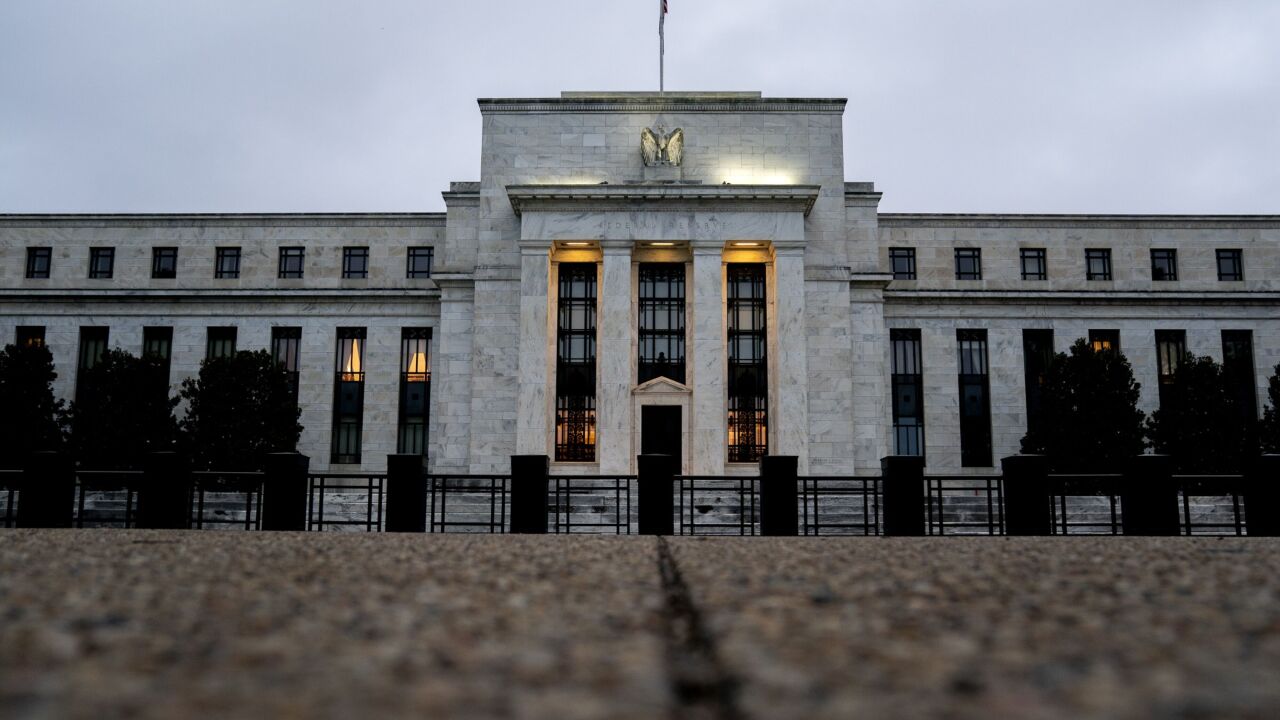Two large fund companies that have been cutting fees, Fidelity and Vanguard, say their plans have not changed as TIAA-CREF, the largest U.S. retirement fund, seeks approval to raise fees on 12 institutional funds that are part of its relatively small mutual fund family sold to the public.
A filing last Friday with the Securities and Exchange Commission informed the regulatory body that New York-based TIAA-CREF will seek shareholder permission to increase fees on the 12 funds. Stephanie Cohen Glass, the company’s director of corporate media relations, said the increases would affect 2%, or about $6 billion, of the company’s $340 billion of assets under management.
The higher fee structure is required for the money-losing funds, according to Ms. Glass and some analysts.
“We are committed to providing high-quality service at a low price, but it is clear that the low fees that they currently charge are insufficient to covering the cost of providing the proper level of service to these funds,” Ms. Glass said.
John Demming, a spokesman at Vanguard, said the big fund company has no plan to increase its fees. “Our low costs are long-term and enduring because of our unique corporate structure,” he said. “We are able to deliver economies-of-scale savings resulting from asset growth and improvements in technology.”
Deb Pont, a spokeswoman at Fidelity Investments, said the Boston fund company is always evaluating its fee structure but has “no current plans to increase fees on mutual funds.” Fidelity has cut fees in asset classes including bonds, index portfolios, and lifecycle funds in the last year, she noted.
On June 1 Fidelity reduced fees by up to 31% on 12 taxable, investment-grade bond funds. The new fees are 0.45% of assets, down from 0.50% to 0.65%.
Ms. Glass said that if TIAA-CREF’s fee increases, from .09% of assets, to as much as 0.50% for the International Equity Fund, are approved in a special proxy vote Aug. 31, the company would go to a separate proxy to roll its remaining mutual funds into the institutional family. If the latter change is accepted, the new fees would affect an additional $4 billion of assets under management.
The board hopes higher fees will help the company hire and retain qualified employees, the SEC filing said. Even with higher fees, the funds would be “very competitive in the low-cost end of the market,’’ Ms. Glass said.
Analysts said the changes are essential because the funds are not making money.
“I think it is a big challenge to be able to raise fees as every other company lowers its fees, but TIAA-CREF’s situation may be unique,” said Geoffrey Bobroff, the president of Bobroff Consulting in East Greenwich, R.I. “Those funds aren’t earning them any money. They set fees too low at the outset to get any money.”
He does not expect the planned fee increases to have any industry impact, Mr. Bobroff said. “Everyone is still lowering fees and trying to find ways to be competitive.”
In recent years, big fund companies like Fidelity, American Funds, and Vanguard have cut fees to attract investors. The Investment Company Institute said that 75% of net new cash flow into stock funds last year went to portfolios charging less than 1% of assets. Vanguard charges 23 basis points, according to Lipper, and the industry average is 1.35%.
The SEC filing said TIAA-CREF collected $3.8 million of institutional fund management fees last year but would have gotten $16.1 million under the proposed fee structure.
TIAA-CREF’s major business is administering the pension funds of university, hospital, and cultural employees. It began selling mutual funds to individual investors in 1997 and added the institutional portfolios sold through trust offices and state college savings plans two years later. Fees were cut in 2002 to attract investment.
“We have a fiduciary obligation to 3.2 million retirement participants to act in their best fiduciary interest,” Ms. Glass said, “and to have a business that is losing money … has an impact on the type of returns we can provide to these participants.”





